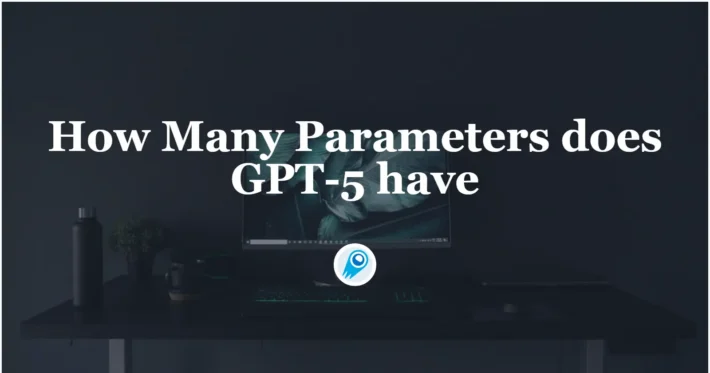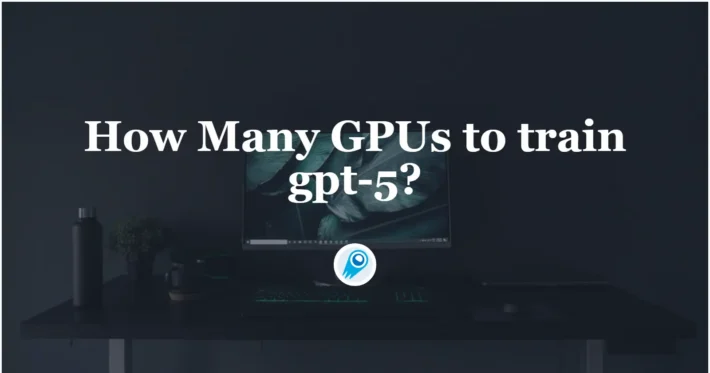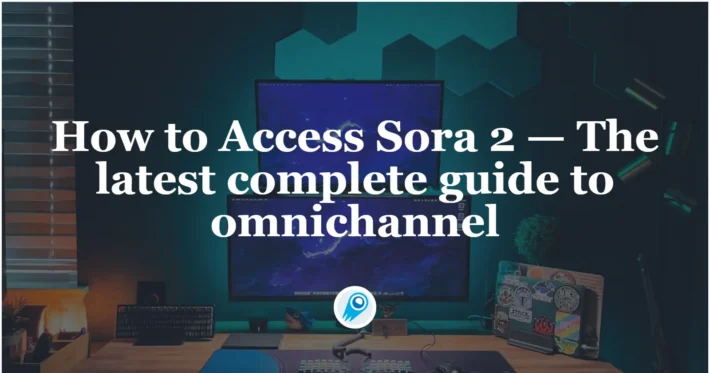GPT-4o Image : How Does It Work & What Sets It Apart from DALL·E 3?
In March 2025, OpenAI updated GPT-4o Image Generation, a groundbreaking advancement in multimodal artificial intelligence. This model seamlessly integrates text, images, and audio, enabling users to generate high-fidelity visuals directly within ChatGPT. Unlike its predecessor, DALL·E 3, GPT-4o offers a more integrated and interactive approach to image generation, marking a significant shift in AI capabilities.
What Is GPT-4o Image?
GPT 4o is OpenAI’s latest multimodal model, designed to handle and generate text, images, and audio within a unified framework. This integration allows for more coherent and contextually relevant outputs across different media types. The model’s architecture enables it to process and generate content that combines various modalities, enhancing its versatility and applicability.
Key features of GPT 4o’s image generation include:
- Multimodal Fusion: Combining inputs from text, audio, and images to inform the generation process.
- Contextual Memory: Retaining conversational history to enable iterative refinement of images.
- Instruction Following: Accurately interpreting and executing detailed prompts, including specific styles and content requirements.
- Interactive Editing: Allowing users to make targeted adjustments to generated images, such as modifying backgrounds or specific objects.
How Does GPT-4o Generate Images?
GPT-4o employs an autoregressive approach to image generation, differing from the diffusion-based methods used in previous models like DALL·E 3. ThiOpenAI’s GPT-4o introduces a significant advancement in AI-driven image generation by seamlessly integrating text and image processing within a unified model. This integration enables GPT-4o to generate images that are contextually aligned with textual prompts, offering enhanced coherence and precision compared to previous models like DALL·E 3.
Unified Multimodal Architecture
GPT-4o employs a unified architecture that processes text and images together, allowing for context-aware image generation. This design ensures that the model can interpret and generate visuals that are closely aligned with the provided textual input, resulting in more accurate and relevant images.
Autoregressive Generation Approach
Unlike DALL·E 3, which utilizes a diffusion-based approach, GPT-4o adopts an autoregressive method for image generation. This technique involves generating images sequentially, one element at a time, conditioned on the input prompt and previously generated content. Such an approach facilitates more precise and context-aware image creation.
Enhanced Text Rendering and Prompt Adherence
GPT-4o excels at accurately rendering text within images and precisely following detailed prompts. This capability is particularly beneficial for creating visuals that require specific textual elements, such as posters, diagrams, or branded content.
Interactive Image Editing
The model supports interactive editing, allowing users to make targeted adjustments to generated images. For instance, users can modify specific parts of an image, such as changing backgrounds or altering particular objects, by providing new prompts or uploading images for transformation.
Accessibility Across User Tiers
GPT-4o’s image generation capabilities are available to users across various ChatGPT subscription tiers, including Plus, Pro, Team, and Free, with usage limits applicable to free-tier users. This accessibility democratizes advanced image generation, making it available to a broader audience.
Ethical Considerations and Safeguards
OpenAI has implemented measures to ensure the responsible use of GPT-4o’s image generation capabilities. These include content filters to prevent the creation of harmful or inappropriate images and the incorporation of metadata to identify AI-generated content.
Comparing GPT-4o and DALL·E 3
Architectural Differences
While both GPT-4o and DALL·E 3 are capable of generating images from textual prompts, their underlying architectures differ significantly.
- DALL·E 3: Utilizes a diffusion-based approach, generating images by iteratively refining random noise into coherent visuals. This method often requires separate models for text and image processing, potentially leading to less integrated outputs.
- GPT-4o: Employs an autoregressive, unified model that processes and generates text, images, and audio within a single framework. This integration allows for more cohesive and contextually aligned content generation across modalities.
Performance and Capabilities
GPT-4o introduces several enhancements over DALL·E 3:
- Improved Text Rendering: GPT 4o excels at accurately rendering text within images, a task that posed challenges for earlier models.
- Interactive Refinement: Users can engage in multi-turn interactions to iteratively refine images, enabling more precise control over the final output.
- Photorealism and Style Diversity: The model can produce photorealistic images and adapt to various artistic styles, enhancing its versatility.
- Inpainting and Transformation: GPT-4o supports inpainting, allowing users to modify specific parts of an image, and can transform uploaded images based on new prompts.
Access AI Image API in CometAPI
CometAPI provides access to over 500 AI models, including open-source and specialized multimodal models for chat, images, code, and more. Its primary strength lies in simplifying the traditionally complex process of AI integration. With it, access to leading AI tools like Claude, OpenAI, Deepseek, and Gemini is available through a single, unified subscription.You can use the API in CometAPI to create music and artwork, generate videos, and build your own workflows.
CometAPI offer a price far lower than the official price to help you Use GPT 4o Image Generation, and you will get $1 in your account after registering and logging in! Welcome to register and experience CometAPI. CometAPI pays as you go,GPT 4o API (model name :gpt-4o-all) in CometAPI Pricing is structured as follows:
- Input Tokens: $2 / M tokens
- Output Tokens: $8 / M tokens
GPT-4o-image API (gpt-4o-image): Pricing:$0.04.pay per view
CometAPI integrates gpt-4o-image generates image API doc guide for developer ,For technical details see GPT-4o-image API.
Use Cases
The advancements in GPT-4o’s image generation open up new possibilities across various domains:
- Design and Advertising: Creating customized visuals for marketing campaigns, product designs, and branding materials.
- Education: Developing engaging educational content, such as infographics and illustrative diagrams.
- Entertainment: Generating concept art, storyboards, and character designs for media productions.
- Personal Use: Transforming personal photos into artistic renditions or creating unique digital art.
Limitations
Despite its advancements, GPT-4o has certain limitations:
- Rendering Challenges: The model may struggle with generating images containing complex or non-Latin characters.
- Image Dimensions: Issues such as cropping in long images have been reported, indicating areas for improvement.
- Resource Constraints: High demand for image generation has led to usage limitations, particularly for free-tier users.
Conclusion
GPT-4o represents a significant leap in AI-driven image generation, offering integrated, interactive, and high-quality visual content creation directly within ChatGPT. Its unified architecture and enhanced capabilities distinguish it from predecessors like DALL·E 3, expanding the horizons of what’s possible in AI-generated imagery. As with any powerful tool, responsible usage and ongoing refinement will be key to harnessing its full potential.



